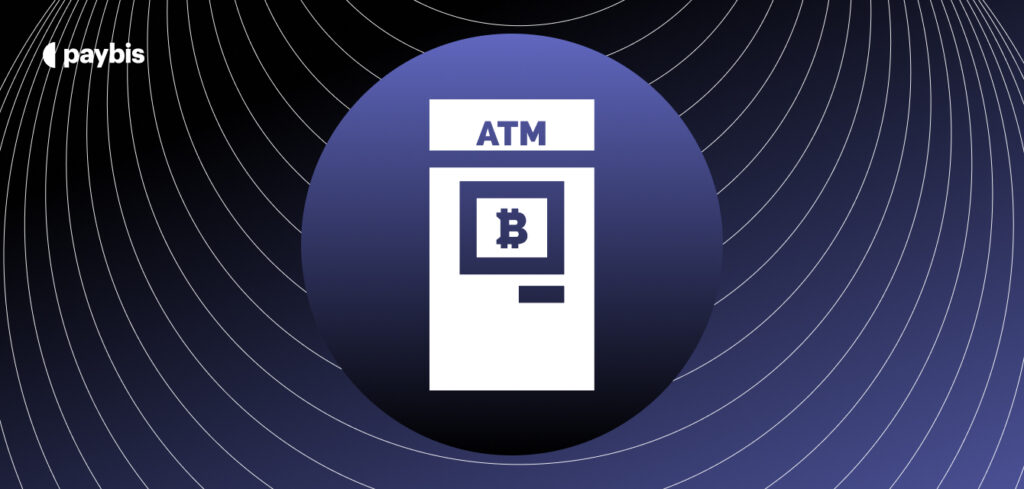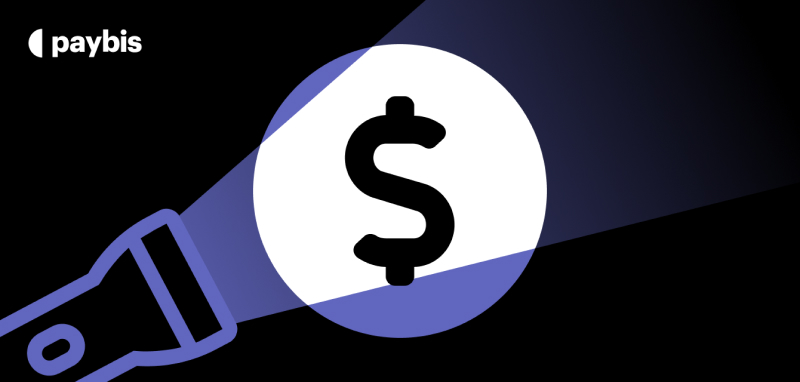Permissionless Blockchain
A permissionless blockchain is a decentralized network where anyone can join, participate, and validate transactions without needing prior authorization from a central authority. It operates on open-source protocols and uses consensus mechanisms like Proof of Work (PoW) or Proof of Stake (PoS) to secure the network and ensure transparency.
Table of contents
What is a Permissionless Blockchain?
Permissionless blockchains, also known as public blockchains, are decentralized networks where anyone with an internet connection can participate. They are open-source and transparent, meaning all transactions and activities on the network are visible to everyone. In these networks, participants can freely validate transactions, mine new blocks, or develop decentralized applications (dApps) without needing permission from any central entity.
Popular examples of permissionless blockchains include Bitcoin and Ethereum. These networks operate on the principles of decentralization and consensus, where control is distributed across a vast number of participants rather than being concentrated in the hands of a few.
The Benefits of Permissionless Blockchains
- Decentralization: One of the main advantages of permissionless blockchains is their decentralized nature. No single entity controls the network, making it resistant to censorship, fraud, and manipulation. This decentralization fosters trust among participants, as the network’s rules are enforced by consensus rather than a central authority.
- Security and Transparency: Because permissionless blockchains are open to everyone, they achieve a high level of security through their consensus mechanisms, such as Proof of Work (PoW) or Proof of Stake (PoS). These mechanisms ensure that altering the blockchain’s history is nearly impossible without the consensus of the majority.
- Inclusion and Innovation: The open nature of permissionless blockchains encourages innovation and inclusivity. Developers can build dApps, create new tokens, or introduce novel use cases without needing approval. This environment has led to the growth of a vibrant ecosystem of decentralized finance (DeFi), non-fungible tokens (NFTs), and other blockchain-based innovations.
Challenges of Permissionless Blockchains
Despite their advantages, permissionless blockchains face challenges such as scalability, energy consumption (especially in PoW systems), and governance issues. As the number of participants and transactions grows, networks like Ethereum have encountered congestion and high fees, sparking debates about scalability solutions like sharding or Layer 2 solutions.
Conclusion
Permissionless blockchains represent a fundamental shift towards a more accessible, decentralized and transparent digital world. By allowing anyone to participate and innovate, they hold the potential to disrupt traditional industries and create new opportunities for collaboration and economic growth.
Browse the Paybis Glossary to master more web3 lingo!
Alternatively, explore related terms and articles below.
Disclaimer: Don’t invest unless you’re prepared to lose all the money you invest. This is a high‑risk investment and you should not expect to be protected if something goes wrong. Take 2 mins to learn more at: https://go.payb.is/FCA-Info


